Back in the Eighteenth century, theater artists came up with an idea to add a bit more amusement to their performances and plays. They decided to inflict the concept of live motion in inanimate objects. The Stroboscopic disc, better known as Fantascope, in 1833 introduced the principle of modern animation by projecting sequential images on a quick succession, thus creating the optical illusion of motion. The Flip book and the Praxinoscope further improved the concept of animation.
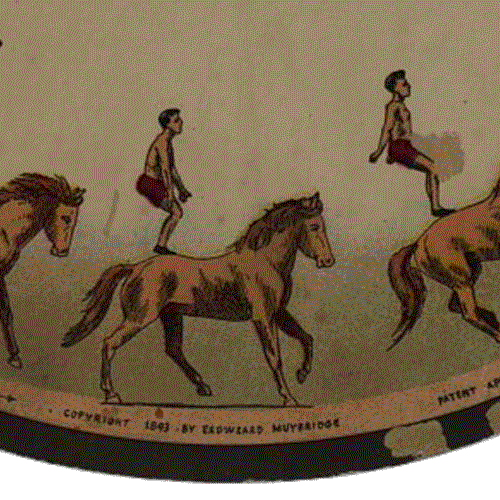
Two centuries and a magnanimous bombardment of technologies later, Animation as we know holds down its place as one of the most promising and prominent fields of art in the modern day world. The influence it exerts in countless fields of technology is quite large to begin with.
Now the times have changed from the earlier Fantascope days. The diverse range of advancements have given rise to not one nor two, but a broad classification of 5 different kinds of animations that are prevalent in the virtual world. Let us throw some much needed insight to them.
1. 3D ANIMATION
3D animation, also referred to as CGI (computer generated imagery), is the most popular type of animation that is predominantly used in feature films (ever heard of Toy Story and Frozen?) . These are also used to create digital characters that are digitally modeled for video games. The animator uses a digital puppet (called a character rig) to position the character, and then use a system of motion paths (or splines) to define the movement of the character between those poses. The sequence of frames are then interpolated to obtain the desired end product.
3D animation is a technically intensive process, which often involves many separate specialists to model the character, rig it with bones and controls, animate it, and then texture and light it for the final output.
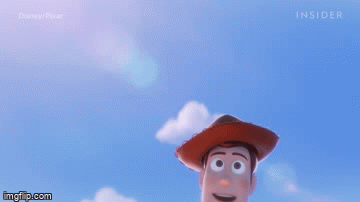
2. HAND-DRAWN 2D ANIMATION
This is the classic and traditional type of animation you’re probably most familiar with. In earlier days, animators drew characters and surroundings by hand, frame by frame, and then those drawings were put together to create the effect of motion. By the 90’s, digital drawing found its way, offering more content and less effort. You can create digital animation content using a Wacom Tablet or a Wacom Cintiq monitor.
The important thing is that hand drawn animators still create their animation frame by frame using the same techniques and principles as in those old days of paper.
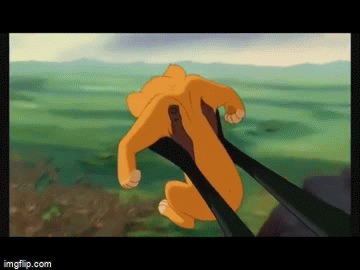
3. 2D VECTOR ANIMATION
The reason 2D vector animation was put in a separate category is that in addition to the option of animating frame by frame, an animator has the option of creating rigs for the characters and then move the body parts individually instead of drawing the character over and over. The flexibility provide beginners with more options when approaching animation, especially if drawing isn’t their strong suit. Traditional animation, on the other hand, requires very strong drawing skills.
The difference between 2D rigged characters and hand-drawn characters can get a bit blurry. Programs like Toon Boom Harmony and Adobe Animate CC let you seamlessly mix and match hand-drawn animation with 2D puppet techniques, sometimes even within the same character.
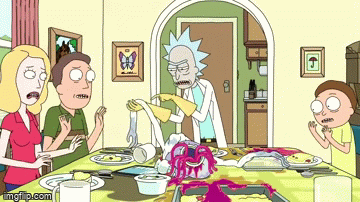
4. STOP MOTION ANIMATION
Stop motion mostly involves manipulating real world objects. The objects are moved slightly, and photographed one frame at a time. When shown in sequence, these frames create the illusion of movement. In higher-end stop motion, like the ones created by Laika (Coraline, Kubo and the Two Strings), a specially rigged puppet is shot on a miniature stage.
What makes Stop Motion animation more hectic out of the lot is that they have to be shot straight-ahead, which means starting at frame one and shooting each frame one after another, all the way through the end of the scene.
If a mistake is made on one frame, it’s very difficult to fix it without having to start all over again. You can’t just redraw that frame like you can in 2D animation. This makes this type of animation particularly intense and it requires a lot of patience.
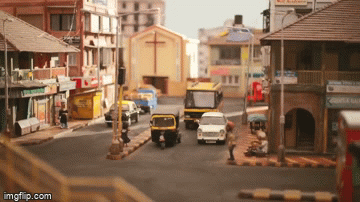
5. MOTION GRAPHICS ANIMATION
The last big category of animation is motion graphics. Motion graphics focuses on making dynamic and interesting presentations of moving text logos and basic illustrations.
Motion graphics can be both 2D and 3D, and you’ll find them everywhere in commercials, explainer videos, sporting events, the news and other TV productions.
Proper character animation is generally outside the scope of motion graphics, but many of the core animation principles apply to motion graphics too.

To sum it up, Animation sure holds the key for creative concepts that goes beyond the capacity of visual media conception to explore the unearthed possibilities of content creation. The kind of animated content that caters a certain requirement should thus be efficiently conceived by the churning of creative minds.
Reach out to us for creating amazing animation videos at speed and scale for your brand..
You could Start Your Project right away or say hello@guch.me
Ready? Get, Set, guch!